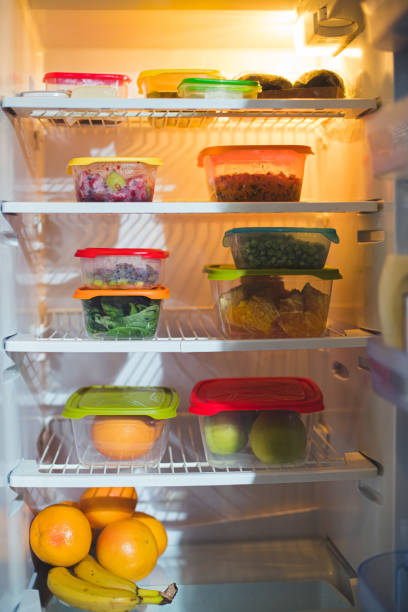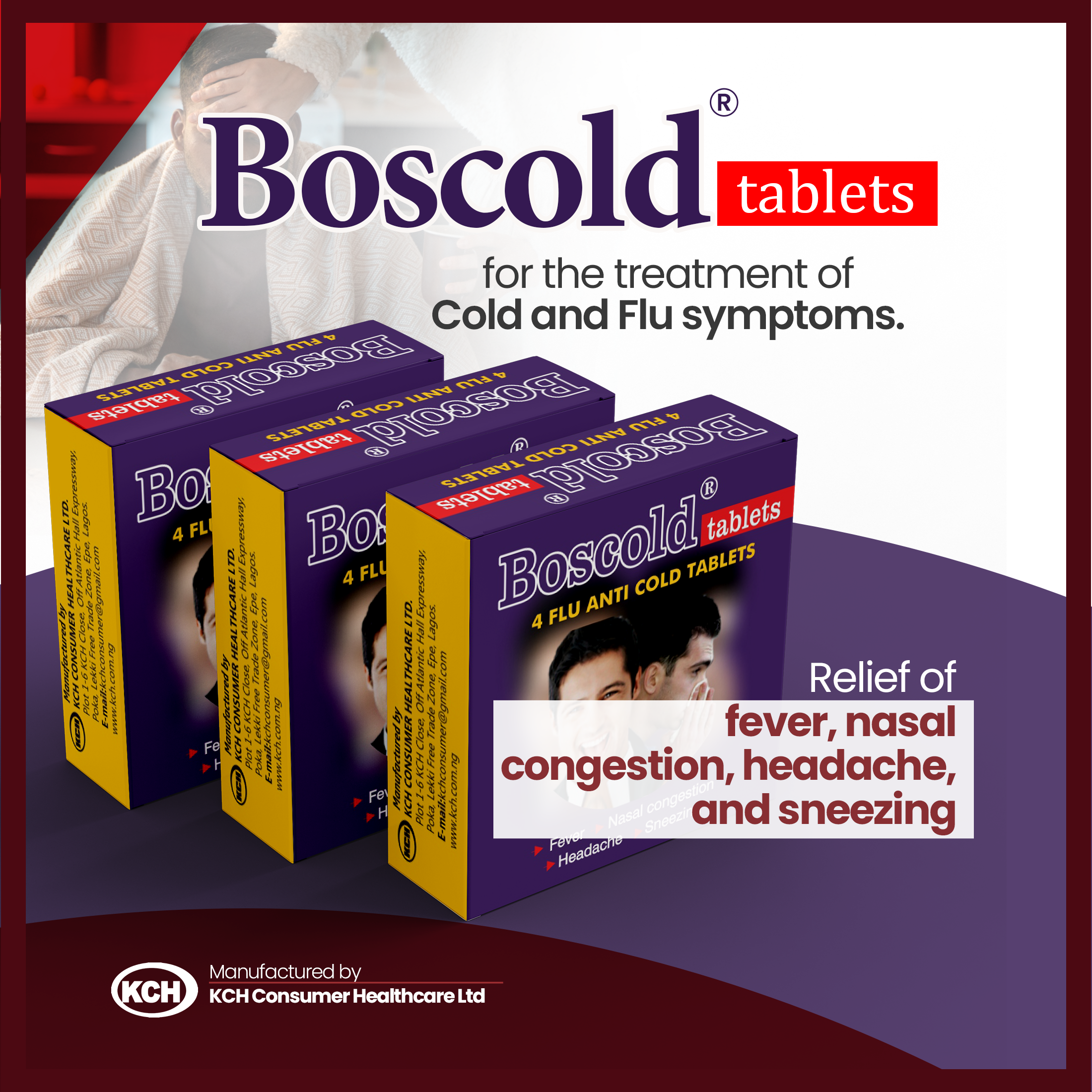“How?” “Make it make sense – food storage giving birth to illnesses?”
“Exactly, Tara! That’s what I mean. We can also call it: ‘Food Borne Illnesses’ and that’s exactly what we will be talking about today. Shall we?
Food borne illnesses should be included as a subject in its own right in the Nigerian curriculum or how else do you take seriously a problem that is capable of leading to death when it becomes severe?
Storing raw or cooked food improperly can lead to food borne illnesses.
Let’s consider the consequences of how not to store food.
1. Bacterial Growth: Raw foods—especially meats, seafood, dairy, and eggs—can carry harmful bacteria like Salmonella, E. coli, and Listeria. If not kept at the correct temperature (usually below 5°C or 41°F), these bacteria can multiply rapidly leading to illnesses.
2. Cross-Contamination: When raw foods are stored near ready-to-eat or cooked foods, juices or bacteria from the raw food can contaminate the others. For example, storing raw chicken above vegetables can cause drips that spread pathogens.
3. Poor Packaging: If raw food isn’t sealed properly, it can leak or expose other foods to pathogens. Open packaging also allows airborne bacteria to settle on the food.
4. Expired or Spoiled Food: Keeping raw food beyond its safe shelf life allows more time for bacteria to grow and toxins to develop, increasing the risk of illnesses.
5. Improper Freezing/Thawing: If raw food is not frozen quickly enough or is thawed at room temperature, it can enter the “danger zone” (5°C–60°C / 41°F–140°F), where bacteria multiplies.
How then do you know if your child is ill from poor food storage? Do you recognize the symptoms? Let’s see if it’s what you think.
– Diarrhea (sometimes bloody or watery)
– Vomiting
– Nausea
– Abdominal cramps
– Fever
– Headache
In severe cases, symptoms can affect the nervous system, leading to blurred vision, paralysis, tingling, numbness, or weakness.
The duration of symptoms usually ranges from a few hours to several days, but can vary depending on the cause. Dehydration is a common complication, especially in infants and children, so beware.
Whatever it is, you need a doctor for proper diagnosis.
We know parents at this point (especially mothers) would want to know if there are Home Remedies that can be deployed to help alleviate symptoms of food borne illness. Of course there are! Let’s go through a few of them now:
– Ginger and Ginger Tea: This is known for its anti-inflammatory properties; ginger though now very expensive, can soothe the stomach and reduce nausea presentations.
– Peppermint Tea: This helps relax intestinal muscles, reducing cramps and nausea.
– Apple Cider Vinegar: This contains antiviral and antimicrobial properties, which can help relieve nausea and stomach discomfort.
– Coconut Water: Rich in electrolytes, it helps replenish fluids lost due to vomiting and diarrhea.
– Yogurt with Fenugreek Seeds: Yogurt’s antibacterial properties and fenugreek’s fiber can help manage symptoms.
– Bananas: Easy to digest and rich in potassium, bananas can help replace lost electrolytes.
– Hydration: Drinking plenty of fluids, including electrolyte-rich beverages like sports drinks or ORS, is crucial to prevent dehydration.
Employing the above measures would in no small measure help infected persons but it definitely cannot replace seeing a doctor.
Raw Food Storage as Preventive Measures
It is of interest to know how to properly store raw food items to prevent food pathogenes. We will be treating the storage of Raw meat, Poultry and Fish before we look at others. Let’s take a dive:
1. Temperature Control:
– Refrigerate raw meat, poultry, and fish at or below 4°C (40°F) and freeze at -18°C (0°F) or lower.
– Store fresh fish between -1°C and +1°C for optimal freshness.
2. Separation:
– Keep raw items separate from cooked or ready-to-eat foods to prevent cross-contamination.
– Use sealed containers or plastic bags to avoid leaking juices. Use separate containers for raw meat, poultry, fish, and seafood.
3. Placement:
– Store raw meat, poultry, and fish on the bottom shelf of the refrigerator to prevent dripping onto other foods.
4. Packaging:
– Wrap items securely in airtight containers or heavy-duty freezer wrap for long-term storage to prevent freezer burn.
5. Time Limits:
– Refrigerate fresh poultry, fish, and ground meats for up to 2 days; beef, lamb, and pork for 3–5 days.
– Freeze items promptly if not used within these timeframes.
Now, generally:
– Separate Raw and Cooked Foods: Store raw foods below cooked foods in the refrigerator to prevent cross-contamination.
– Use Sealed Containers: Keep raw foods in sealed or covered containers to prevent juices from dripping onto other foods causing contamination.
– Maintain Refrigerator Temperature: Ensure your refrigerator is set at 4°C (40°F) or lower (even as you have done for meat, etc) to slow bacterial growth. You may need the help of an expert to get this done once and for all.
– Label and Date Containers: Clearly label and date raw food before storage to ensure their use according to the dates before they spoil.
– Freeze When Necessary: It is necessary to freeze raw foods if you won’t use them soon to prevent spoilage and bacterial growth.
Will your raw food birth illnesses henceforth? ‘God forbid,’ we hear you say. Adding our voices in oneness we agree with you, ‘Not now that you know.’





